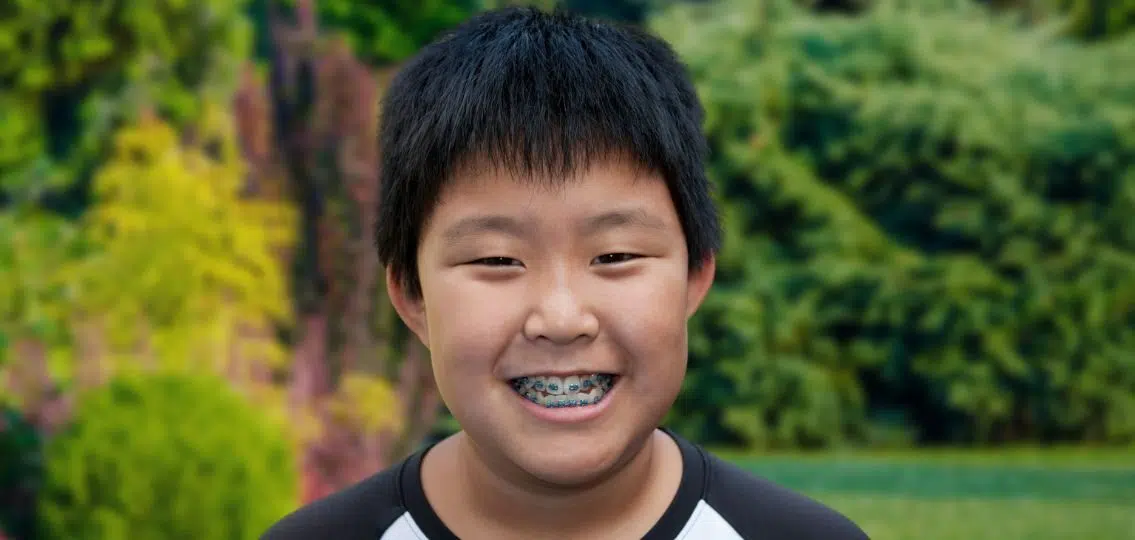Rubber bands and head gear were the bane of my existence as a teen. I was convinced my parents and orthodontist were conspiring to ruin my life with the shame of elastics flying off in every direction. Little did I know that treatment to adjust my bite may actually have saved me a lot of pain—and money—later in life. (Thanks, Mom and Dad!)
That’s right, orthodontia is about more than straight teeth: You also don’t want jaw misalignment coming back to bite you in the future.
The Importance of Orthodontics
Getting the Right Bite Matters
Malocclusion is the fancy name for when your teeth and jaw don’t align when you close your mouth. “Something in your bite just feels off,” explains Dr. Philip D. Bomeli of Solon Orthodontics in Solon, Ohio.
| [adrotate banner=”258″] |
Often it will present as an underbite—where lower teeth jut out farther than upper teeth—or an overbite—where the upper teeth stick out over the lower teeth. There are other potential bite-related issues, including a jaw that’s too narrow for the teeth to close properly.
Bomeli says these bite issues will manifest as discomfort when someone is trying to bite in a certain position, but they can’t because their teeth are in the wrong spot. That can lead them to compensate by shifting their jaw. “You need to act relatively quickly to stop that unnecessary movement because it can cause negative impacts later on,” he cautions.
Among the problems that can surface are gum recession and tooth decay as the teeth work in unintended ways.
“Teeth are designed to protect each other and work together, but when they aren’t aligned properly, they can’t do so,” Bomeli says.
Looks Matter, Too
Preserving your teeth is crucial, obviously, but there are other reasons to fix the bite. Children and teens are just starting to formulate their identity and self-esteem, and enduring teasing because of teeth problems can leave lasting wounds.
Bomeli is uniquely qualified to understand these effects as his master’s thesis was on how oral health affects quality of life. He conducted surveys with kids before, during, and after treatment to see how they felt about themselves, and learned there was an important correlation between appearance and self-confidence. “You can never discount the aesthetic factor of orthodontia treatment,” he says.
That’s why his initial consultation includes a meeting with the whole family to discuss all the reasons a patient is seeking treatment. “Kids are very articulate about their treatment goals. I find those as young as 5 have a clear picture of what they want, and often it’s because there is something they don’t like when they look in the mirror,” Bomeli says.
What does an orthodontist do? During that first interview, he’ll make sure to ask everyone their chief concerns. “Issues with teasing and bullying frequently come up, and parents should realize how important it is to alleviate that suffering.”
It’s Never Too Early, or Too Late
Bomeli urges families to bring kids in at a young age as some problems can be detected and easily treated earlier to head off future issues. (And if nothing is needed at the time, all it takes is one visit to get that peace of mind.)
He also frequently sees adults who request services. Often, they’ve recently visited a dentist and been told they need a crown, but the dentist can’t fix the issue until the teeth are in the right place. “We end up embarking on treatment either because they hadn’t had the work done when they were younger or their teeth or bite have moved,” he says.
As with almost everything, an ounce of prevention might be worth a pound of cure.




